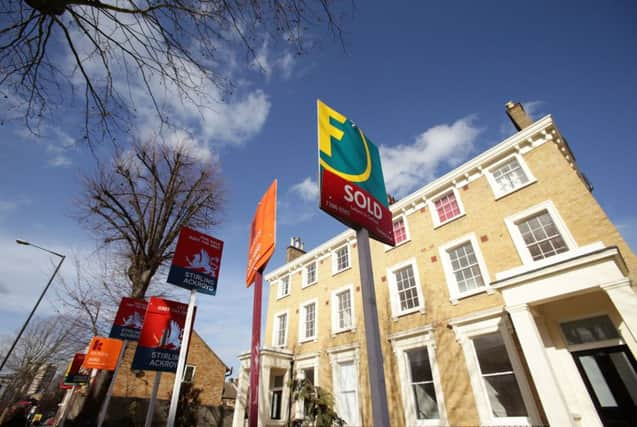House price growth surges as investors seek value


Hometrack, which monitors property prices across the UK’s 20 biggest cities, said quarterly city house price growth was at its strongest for 12 years across the first three months of 2016 - as the usual seasonal upswing in housing market demand was boosted by investors ahead of changes to stamp duty.
The index found Belfast and Newcastle recorded the smallest quarterly price growth, at 0.9%.
Advertisement
Hide AdAdvertisement
Hide AdLiverpool and London saw the fastest house price growth over the first quarter of 2016, both recording increases of 4.1% over the three-month period.
Hometrack said a rush of buy-to-let investors trying to beat a 3% stamp duty increase for people buying second homes, which kicked in on April 1, helped to push up prices in the first three months of this year.
The stamp duty increase applied in England, Wales and Northern Ireland, with similar tax increases also taking place in Scotland, where stamp duty has been abolished, to avoid the housing market being distorted there.
Hometrack said investors have been looking towards cities such as Liverpool, where house prices are lower and there is potential for greater rental returns for landlords when compared with the relatively low cost of buying a property.
Advertisement
Hide AdAdvertisement
Hide AdThe average property in Liverpool costs £113,100, compared with an average of £141,900 in nearby Manchester and a typical property price of £235,800 across all the UK’s major cities.
After Liverpool and London, Cardiff saw the next strongest three-month house price growth, at 3.5%, while Bristol and Southampton both saw price increases of 3.3%.
Richard Donnell, insight director at Hometrack, said: “The acceleration in growth in the last quarter has, in part, been down to stronger demand from investors, especially those searching for higher-yielding property and seeking to beat the stamp duty deadline.